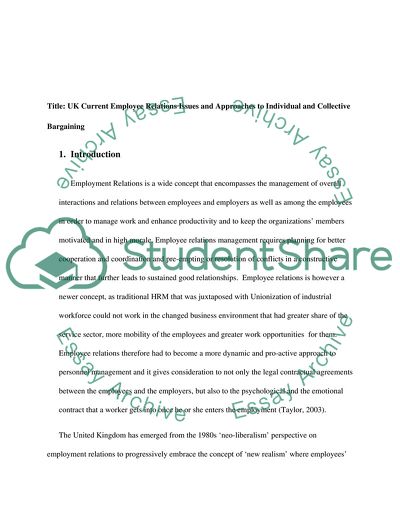Cite this document
(Individual and Collective Bargaining Essay Example | Topics and Well Written Essays - 2500 words - 1, n.d.)
Individual and Collective Bargaining Essay Example | Topics and Well Written Essays - 2500 words - 1. Retrieved from https://studentshare.org/human-resources/1743859-human-resources-management
Individual and Collective Bargaining Essay Example | Topics and Well Written Essays - 2500 words - 1. Retrieved from https://studentshare.org/human-resources/1743859-human-resources-management
(Individual and Collective Bargaining Essay Example | Topics and Well Written Essays - 2500 Words - 1)
Individual and Collective Bargaining Essay Example | Topics and Well Written Essays - 2500 Words - 1. https://studentshare.org/human-resources/1743859-human-resources-management.
Individual and Collective Bargaining Essay Example | Topics and Well Written Essays - 2500 Words - 1. https://studentshare.org/human-resources/1743859-human-resources-management.
“Individual and Collective Bargaining Essay Example | Topics and Well Written Essays - 2500 Words - 1”, n.d. https://studentshare.org/human-resources/1743859-human-resources-management.


